Application of polyacrylamide flocculants for water treatment
General patterns of water treatment with the use of polyacrylamide and its anionic and cationic derivatives have been considered in the absence and presence of mineral coagulants.
Cationic polyacrylamide is mainly used as flocculants and dewatering reagents for industry waste water and sewage; retention aids and intensifier in paper making industry; waste water treatment in pharmaceutical, leather making, printing and dyeing industry waste water treatment, and organizer in textile industry.
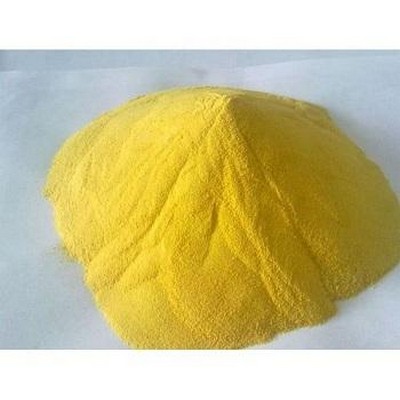
Synthesis and Characterization of Cationic Polyacrylamide
Polyacrylamide is one flocculant for waste water treatment which have been used widely. In laboratory, we prepared a cationic polyacrylamide (CPAM) emulsion with acrylamide (AM) and
Get Price
Waste Water Treatment Flocculant Cationic Polyacrylamide
waste water treatment flocculant cationic polyacrylamide cpam Polyacrylamide, abbr. PAM, is a kind of water soluble polymer, has unique effect to increase the viscosity of water or to promote the flocculation of particles present in water, it can also reduce the frictional resistance between the liquid.
Get Price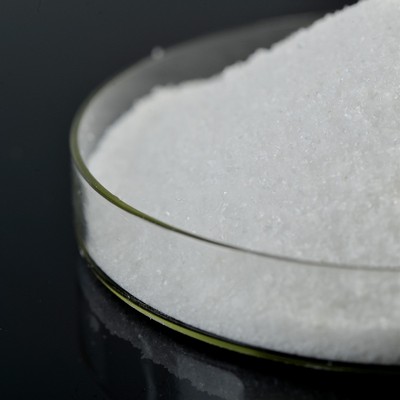
Water Treatment Chemical Flocculant Nonionic Anionic
Water Treatment Chemical Flocculant Nonionic Anionic Cationic Polyacrylamide , Find Complete Details about Water Treatment Chemical Flocculant Nonionic Anionic Cationic Polyacrylamide,Polyacrylamide,Cationic Polyacrylamide,Anionic Polyacrylamide from Electronics Chemicals Supplier or Manufacturer-.
Get Price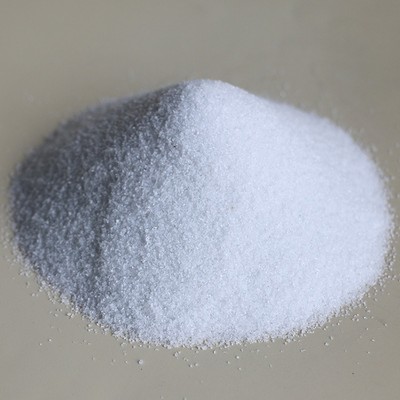
Preparation of Strong Cationic Chitosan-graft
Recently, more attentions have been paid to natural polymer-based flocculants in water treatment, since they are believed to be low-cost, nontoxic, and environmentally friendly materials. In this work, strong cationic chitosan-based graft copolymer flocculants (3-chloro-2-hydroxypropyl trimethyl ammonium chloride (CTA) modified chitosan-graft-polyacrylamide, denoted as chitosan-CTA-g-PAM) have
Get Price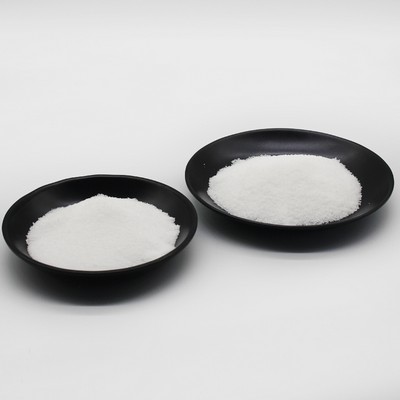
Cationic polyacrylamide emulsion with ultra-high
Full Article. Cationic Polyacrylamide Emulsion with Ultra-high Concentration as a Flocculant for Paper Mill Wastewater Treatment. Kaiji Yang, a Jinghuan Chen, b and Chunli Yao a, * Cationic polyacrylamide emulsions prepared with ultra-high concentration (CPAME-uhc) have the advantages of fast dissolution, convenient operation, and low transportation cost.
Get Price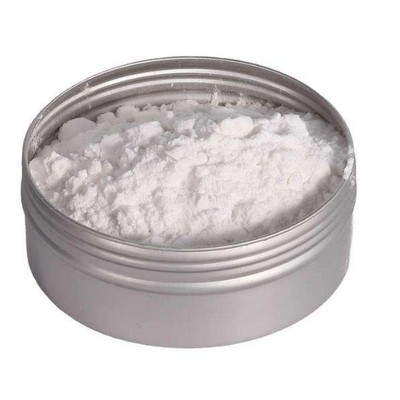
Flocculation properties of high-substituted cationic
The cationic polyacrylamide flocculants commonly used in wastewater treatment are soluble in water. It might be expected that only soluble starch derivatives could be able to maintain their market position . So all investigators made efforts to dissolve cationic starch in water before using in flocculation tests.
Get Price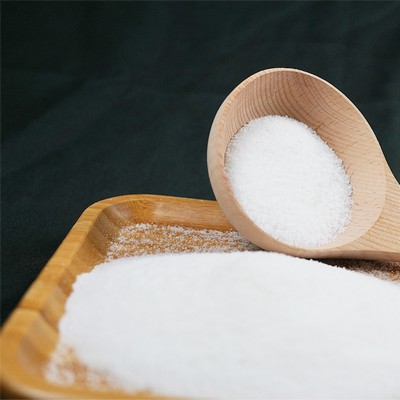
Effects of Cationic Polyacrylamide and Cationic Starch
Due to variations in solid concentrations during dredging, excess flocculant is sometimes released into the environment, where it might have toxic effects. This study determined optimum doses for a cationic polyacrylamide (CPAM) and a natural-based polymer alternative, cationic starch (C. Starch).
Get Price
Cationic starch flocculants as an alternative to synthetic
The optimum doses of the cationic starch flocculants were two to four times higher than the cationic polyacrylamide polymers. Additionally, it was found that the cationic starches were more effective in minimising the turbidity of the natural organic soils than the cationic polyacrylamides.
Get Price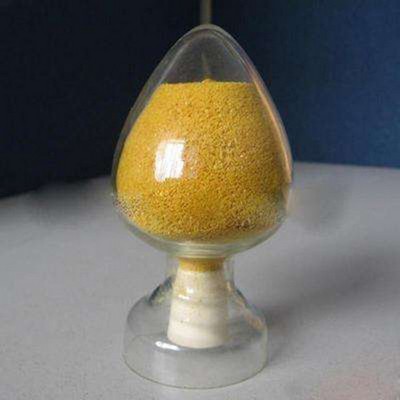
Preparation and retention performance of crosslinked
Abstract “Water-in-water” emulsions of cross-linked and hydrophobically associating cationic polyacrylamide (CHCPAM) with cationic groups (methacrylatoethyl trimethyl ammonium chloride, DMC), hydrophobic groups (octadecyl methacrylate, OA), and cross-linked groups (N, N’-methylene bisacrylamide, MBA) were prepared by dispersion polymerization.
Get Price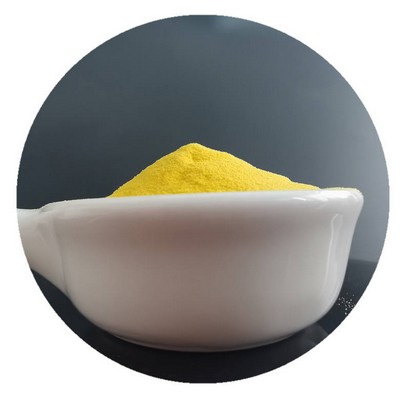
Fabricating a Flocculant with Controllable Cationic
Activated sludge dewatering experiment results reveal that the cationic microblocky flocculant exhibited superior dewatering efficiency, and a low moisture content of 71% and a specific resistance of 1.99 × 1012 m·kg–1 were acquired at pH 7.0 and a 40 mg L–1 dosage.
Get Price
The flocculating properties of chitosan‐graft
A series of chitosan‐graft‐polyacrylamide copolymers have been prepared as flocculants for waste water treatment.The results indicated that the grafting ratio was one of the key factors for the flocculating effects. The copolymers with various grafting ratios showed different flocculating properties.
Get Price
An evaluation of toxicity effect on flocculants usage
Toxicity varies with charge type and flocculant chemistry. The cationic polymers are recognized to pose a potentially significant hazard to aquatic life, particularly fish, but this varies with crustaceans [24]. Although most of the aquatic organisms living in sea water are insensitive to non-ionic and
Get Price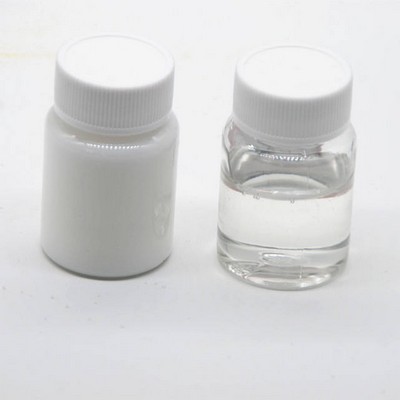
Flocculation properties of high-substituted cationic
The cationic polyacrylamide flocculants commonly used in wastewater treatment are soluble in water. It might be expected that only soluble starch derivatives could be able to maintain their market position . So all investigators made efforts to dissolve cationic starch in water before using in flocculation tests.
Get Price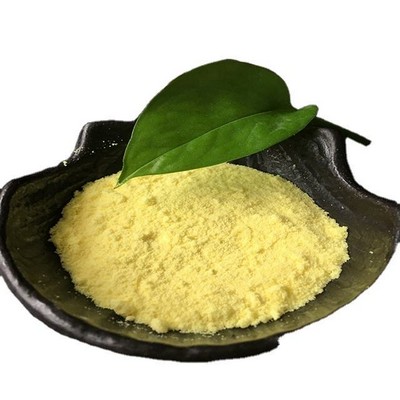
Synthesis of a Cationic Polyacrylamide under UV Initiation
Synthesis of a Cationic Polyacrylamide under UV Initiation and Its Flocculation in Estrone Removal. International Journal of Polymer Science, Feb 2024 Jiaoxia Sun, Xiqin Ma, Xiang Li, Jianxin Fan, Qingkong Chen, Xuelian Liu, Jin Pan. Jiaoxia Sun. Xiqin Ma. Xiang Li. Jianxin Fan. Qingkong Chen
Get Price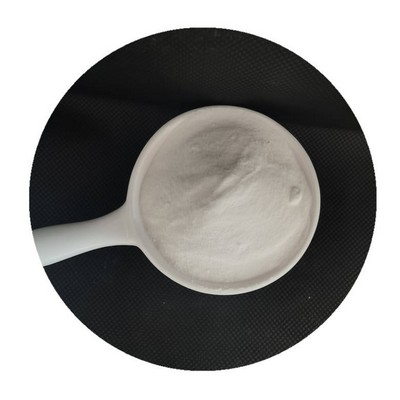
Preparation and retention performance of crosslinked
Abstract “Water-in-water” emulsions of cross-linked and hydrophobically associating cationic polyacrylamide (CHCPAM) with cationic groups (methacrylatoethyl trimethyl ammonium chloride, DMC), hydrophobic groups (octadecyl methacrylate, OA), and cross-linked groups (N, N’-methylene bisacrylamide, MBA) were prepared by dispersion polymerization.
Get Price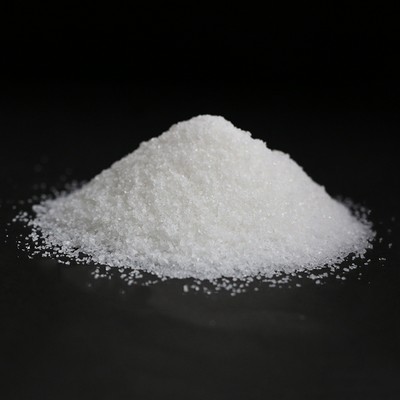
Synthesis of the Hydrophobic Cationic Polyacrylamide (PADD
In this study, a new type of hydrophobic cationic polyacrylamide P (AM-DMC-DABC) (PADD) was synthesized by ultrasonic (US)-initiated polymerization, which is used for the separation and removal of coal mine wastewater. The acrylamide (AM), methacryloyloxyethyl trimethyl ammonium chloride (DMC) and acryloyloxyethyl dimethylbenzyl ammonium chloride (DABC) were used as monomers to prepare).
Get Price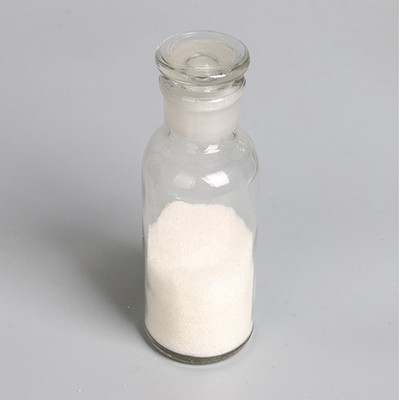
cationic polyacrylamide oil well drilling in egypt | Buy
specification flocculant cationic Polyacrylamide in Saudi. In the oil exploration industry, polyacrylamide is used as coagulant in drilling, and has also been used for tertiary oil recovery.Algeria and Egypt, appears new municipal wastewater treatment market, and in some other countries such as Saudi Arabia and Saudi Arabia Flocculant Cationic Polyacrylamide Inquiry Basket Yixing Bluwat Chemicals
Get Price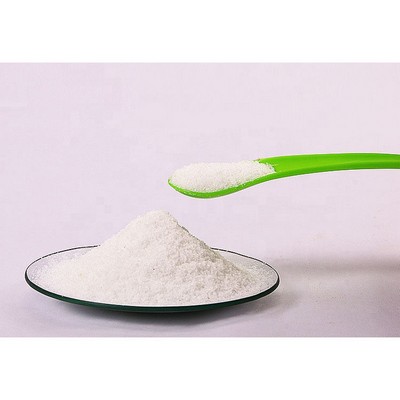
Synthesis of hydrophobic association cationic starch and its
Water with algae from Dianchi Lake was tested with PSOAMDA. Results show that when the molar ratio of St: AM: DMDAAC: OA is 4:8:1.5:0.6 and the reaction temperature is 40°C with a reaction time of 3 h, the monomer conversion yield, graft percentage and cationic degree is 92.4%, 63.8% and 7.3%, respectively, and M ? = 3.26 × 10 6 g/vmol.
Get Price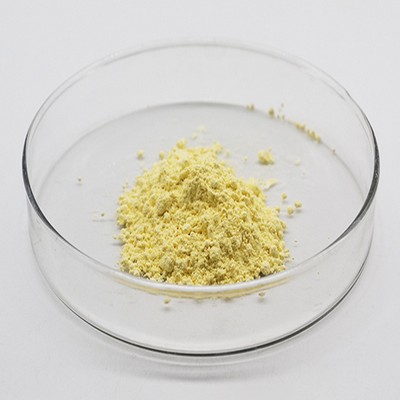
An evaluation of toxicity effect on flocculants usage
Toxicity varies with charge type and flocculant chemistry. The cationic polymers are recognized to pose a potentially significant hazard to aquatic life, particularly fish, but this varies with crustaceans [24]. Although most of the aquatic organisms living in sea water are insensitive to non-ionic and
Get Price
Aerobic and anaerobic biodegradability of a flocculant
Flocculant polymers are used to improve the efficiency of separation processes used in wastewater treatment. The subsequent fate and effects of these additives are uncertain, however, with some previous reports indicating them to be biodegradable while others indicate complete recalcitrance.
Get Price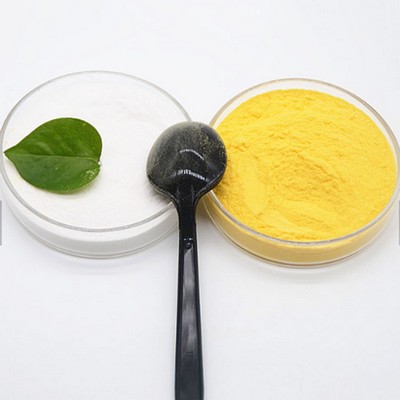
Effects of Cationic Polyacrylamide Characteristics
Cationic polyacrylamide (CPAM) is a type of polyelectrolyte that has been widely used as a sludge conditioner because of its low dosage requirement, high efficiency, and pollution-free effects. Previous studies report that CPAM dosage is critical in sludge conditioning because overdoses increase cost and deteriorate sludge dewaterability [12] .
Get Price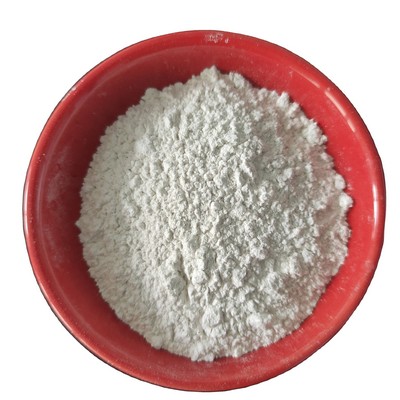
Synthesis of a Cationic Polyacrylamide under UV Initiation
Synthesis of a Cationic Polyacrylamide under UV Initiation and Its Flocculation in Estrone Removal. International Journal of Polymer Science, Feb 2024 Jiaoxia Sun, Xiqin Ma, Xiang Li, Jianxin Fan, Qingkong Chen, Xuelian Liu, Jin Pan. Jiaoxia Sun. Xiqin Ma. Xiang Li. Jianxin Fan. Qingkong Chen
Get Price
Acute and long‐term toxicity of water‐soluble cationic
Acute and long‐term toxicity of water‐soluble cationic polymers to rainbow trout (Oncorhynchus mykiss ) and the modification of toxicity by humic acid Mark S. Goodrich NIEHS Marine and Freshwater Biomedical Core Center, Great Lakes Research Facility, Milwaukee, Wisconsin 53204
Get Price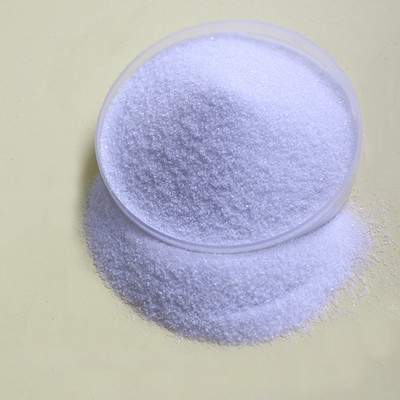
US Patent for Cationic polymer flocculant prepared
New cationic flocculants are prepared by polycondensation of an epihalohydrin and Mannich reaction products of phenol, formaldehyde, and dialkylamine. The flocculants are useful for flocculation of various kinds of suspension such as various industrial waste waters, pulp slurry in paper making and the like.
Get Price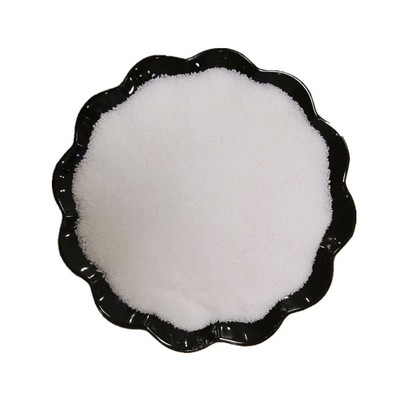
Preparations of Novel Flocculants and its Applications
Abstract Functional monomer [N-(2,4,4-trimethylpentan-2-yl)acrylamide] was synthesized and characterized by MS and NMR. A series of high molecular weight cationic polyacrylamides were prepared with N-(2,4,4-trimethylpentan-2-yl)acrylamide, acrylamide and methacryloxyethyltrimethyl ammonium chloride by copolymerization using complex initiation systems as catalysts in aqueous solution.
Get Price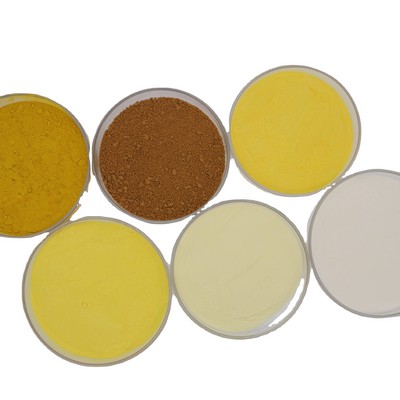
Aerobic and anaerobic biodegradability of a flocculant
Flocculant polymers are used to improve the efficiency of separation processes used in wastewater treatment. The subsequent fate and effects of these additives are uncertain, however, with some previous reports indicating them to be biodegradable while others indicate complete recalcitrance.
Get Price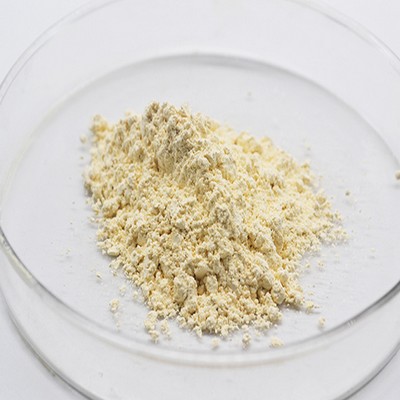
Synthesis and application of polyacrylamide grafted
Accumulation of organic load in palm oil mill wastewater has become a major issue of concern. In this study, a new polyacrylamide grafted onto magnetic cellulose (PAM-g-MagCell) was successfully produced by microwave assisted synthesis and used as flocculant for the removal of total suspended solid (TSS), turbidity, chemical oxygen demand (COD) and colour.
Get Price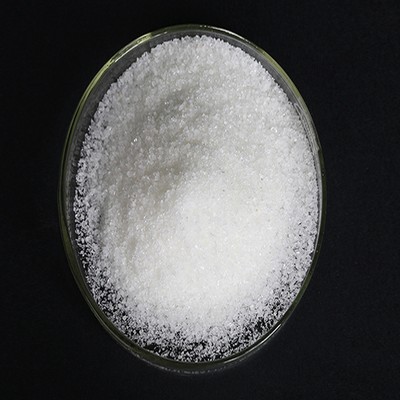
An evaluation of toxicity effect on flocculants usage
Toxicity varies with charge type and flocculant chemistry. The cationic polymers are recognized to pose a potentially significant hazard to aquatic life, particularly fish, but this varies with crustaceans [24]. Although most of the aquatic organisms living in sea water are insensitive to non-ionic and
Get Price- How much is the global water and wastewater treatment market worth?
- The global water and wastewater treatment market was valued at 301.7 billion U.S. dollars in 2022. The market is projected to reach a value of approximately 536.4 billion U.S. dollars by 2030, registering a a CAGR of 7.5 percent during the forecast period of 2023 to 2030 period. Get notified via email when this statistic is updated.
- What is the global water and wastewater treatment equipment market size?
- The global water and wastewater treatment equipment market size was estimated at USD 65.6 billion in 2023 and is projected to expand at a compound annual growth rate (CAGR) of 4.6% from 2024 to 2030.
- What is the value of the North America water & wastewater treatment market?
- The industrial application of the North America water & wastewater treatment market was valued at USD 38.25 billion in 2017 and is expected to witness a CAGR of 1.8% over the forecast period.
- What is the market size of water and wastewater treatment?
- The market size for Water and Wastewater Treatment was 4950 million US$ in 2019. It is projected to reach 6520 million US$ by 2025, growing at a CAGR of 3.5% from 2019 to 2025.








